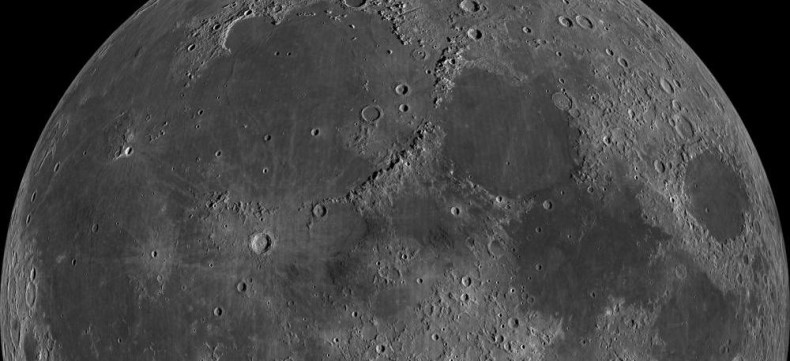 I’ll go home tonight, I’ll open the front door, I’ll yell, “Hey sweetie, hi!” Then Sweetie will yell, “Hello, young Ann.” I’ll look at the mail, then I’ll yell again, “Did you pick up the salmon?” And he’ll say, “Yep, it’s in the refrigerator.” And then I’ll look over the mail and start to throw away the junk and he’ll come downstairs and say, “Don’t throw away anything with my name on it,” and I’ll say, “But it’s junk and it just sits around for days,” and he’ll say, “I want to look at it.” So I’ll put it on the hall table where it will sit around for days, and then I’ll go into the kitchen and start dinner, and I’ll say, “Can you come peel some onions?” And he’ll come peel the onions, and I’ll say, “How was your day?” and he’ll say, “Fine. The replacement brakes haven’t come in yet.” And I’ll say, “I wrote New Scientist again about getting paid.” Then he’ll go into the living room and read his book, and I’ll get the rest of dinner because I like good food better than he does, and we’ll sit down at the table and I’ll say, “God I’m tired,” and he’ll eat salmon. We do this every night – bar the salmon — and I’ll guess with a high degree of confidence that a high percentage of all people who live together do exactly the same.
I’ll go home tonight, I’ll open the front door, I’ll yell, “Hey sweetie, hi!” Then Sweetie will yell, “Hello, young Ann.” I’ll look at the mail, then I’ll yell again, “Did you pick up the salmon?” And he’ll say, “Yep, it’s in the refrigerator.” And then I’ll look over the mail and start to throw away the junk and he’ll come downstairs and say, “Don’t throw away anything with my name on it,” and I’ll say, “But it’s junk and it just sits around for days,” and he’ll say, “I want to look at it.” So I’ll put it on the hall table where it will sit around for days, and then I’ll go into the kitchen and start dinner, and I’ll say, “Can you come peel some onions?” And he’ll come peel the onions, and I’ll say, “How was your day?” and he’ll say, “Fine. The replacement brakes haven’t come in yet.” And I’ll say, “I wrote New Scientist again about getting paid.” Then he’ll go into the living room and read his book, and I’ll get the rest of dinner because I like good food better than he does, and we’ll sit down at the table and I’ll say, “God I’m tired,” and he’ll eat salmon. We do this every night – bar the salmon — and I’ll guess with a high degree of confidence that a high percentage of all people who live together do exactly the same.
Astronomers would say we’re all tidally locked. Tidal locking means one side of the planet always faces the star, the other side always faces away. The moon is tidally locked to the earth and not until 1959 did anyone on earth see the moon’s other face. Continue reading
 Right now, there are a bunch of people in Brazil—and a bunch more following along on television–who are paying very close attention to one particular body part: fast-moving, feat-making feet. But most of us don’t give our feet much thought until they start complaining.
Right now, there are a bunch of people in Brazil—and a bunch more following along on television–who are paying very close attention to one particular body part: fast-moving, feat-making feet. But most of us don’t give our feet much thought until they start complaining. 
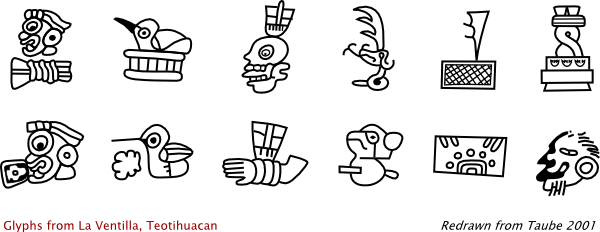
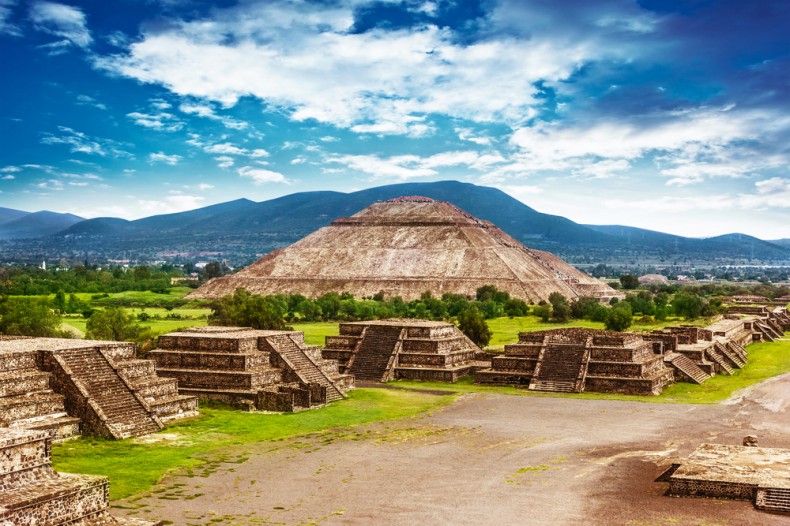
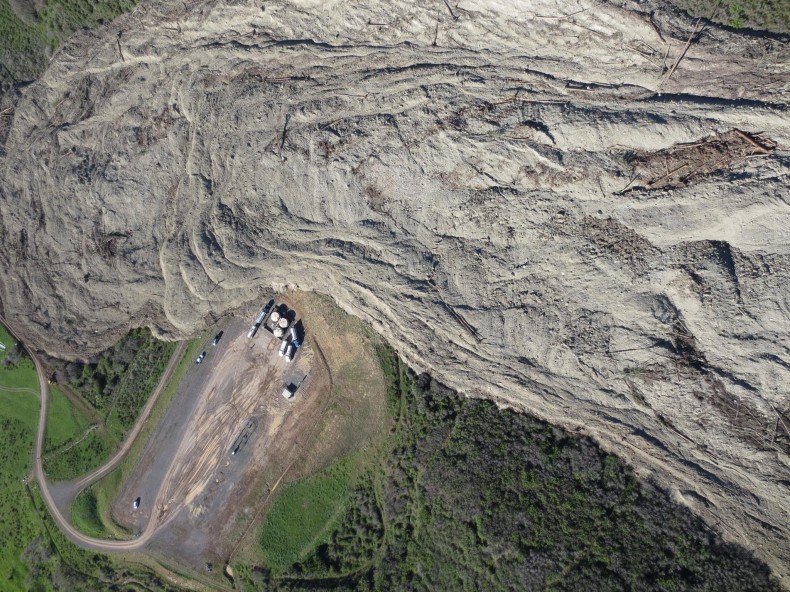
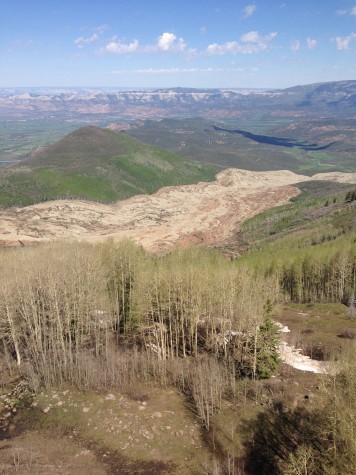 A few weeks ago, geologic time made itself visible to me and my community when a massive section of the mountain we call home slid down the hill in an epic display of nature’s brute force. The mudslide happened on Sunday, May 25 near Collbran, Colorado, trapping, and presumably killing, three men.
A few weeks ago, geologic time made itself visible to me and my community when a massive section of the mountain we call home slid down the hill in an epic display of nature’s brute force. The mudslide happened on Sunday, May 25 near Collbran, Colorado, trapping, and presumably killing, three men. 
